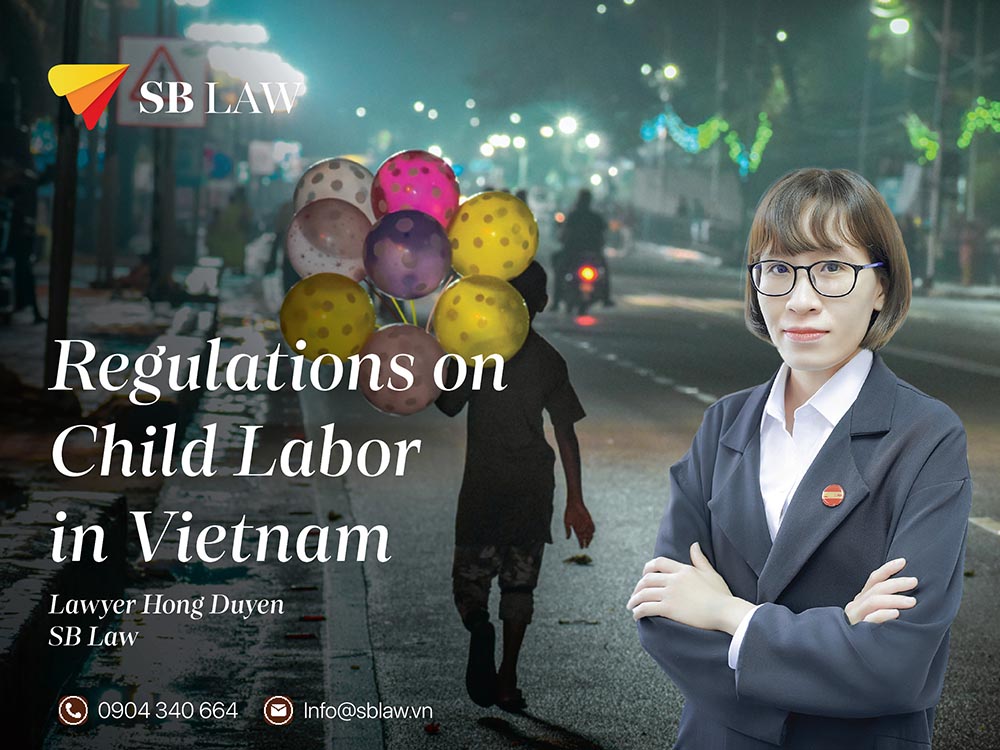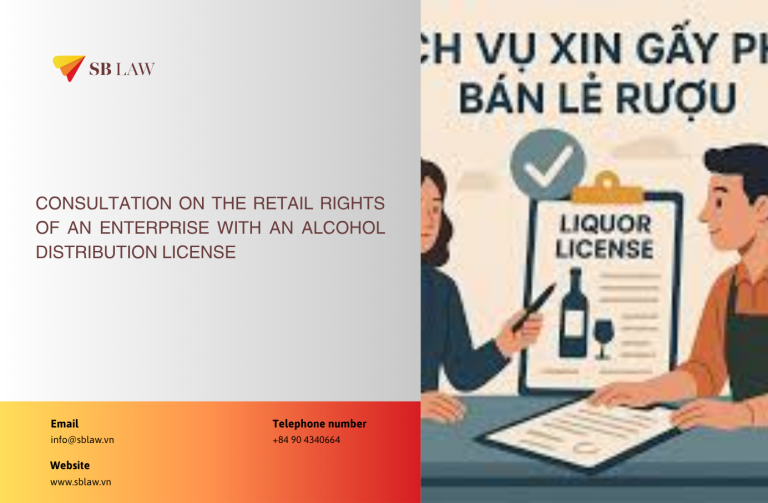The issue of child labor remains a pressing global concern, and Vietnam is no exception. As a developing nation, Vietnam faces challenges in establishing and strictly managing child labor regulations while balancing economic development and social welfare.
Regulations on Child Labor in Vietnam
Vietnam has established a legal framework to address the issue of child labor, primarily regulated by the Labor Code, the Child Law, and international conventions that Vietnam has signed, such as the United Nations Convention on the Rights of the Child (UNCRC) and the International Labor Organization (ILO) Conventions.
According to Article 1 of the Child Law 2016, a child is defined as a person under 16 years of age. Furthermore, Clause 1 of Article 3 of the Labor Code 2019 stipulates that the minimum working age is 15 years old, except for the case specified in Section 1 of Chapter XI of this Code. Thus, it can be understood that a laborer under 15 years of age who works under an agreement, receives wages, and is under the management, direction, and supervision of the employer is considered child labor.
When employing a person under 15 years of age, the employer must comply with the regulations of the Labor Code and Circular 09/2020/TT-BLDTBXH detailing and guiding the implementation of some articles of the Labor Code on minor labor, such as: arranging working hours that do not affect the study time of a person under 15 years old; only recruiting and using people from 13 to under 15 years old to do light jobs; ensuring working conditions, labor safety and hygiene suitable for the age group; when using minor labor, the employer must have the consent of the father, mother or legal guardian; set up a separate monitoring book, fully record the full name, date of birth, current job, results of regular health checks and present when the competent state agency requests; must enter into a written labor contract with a person under 15 years old and the legal representative of that person; …

In addition, The Child Law sets out comprehensive measures to prevent child exploitation, protect children’s rights, and provide support for children in special circumstances. The law emphasizes the importance of caring for, educating, and protecting children, social programs, activities, clubs propagating about child issues to raise awareness to prevent children from participating in labor when they are not yet eligible.
Despite having detailed legal regulations, there still exist challenges in effectively eradicating child labor in Vietnam. Compliance with child labor laws is not consistently uniform, especially in rural areas where management and supervision are limited. Economic difficulties push many families to rely on their children to earn additional income, perpetuating the cycle of child labor. In rural areas where poverty rates are higher, children often work in agriculture or the informal industry to supplement family income, preventing children from spending time on education and personal development. The limitation in accessing education further exacerbates the situation of child labor in Vietnam. Although efforts have been made to improve school infrastructure and encourage, increase enrollment rates, disparities still exist, especially in minority communities and remote areas.
To address these challenges and enhance the effectiveness of child labor regulations in Vietnam, some practical measures can be considered. Strengthening inspections, handling violations, increasing penalties for violators, and organizing awareness-raising campaigns can prevent child labor exploitation and ensure compliance with current regulations. Implementing social welfare programs for disadvantaged families can alleviate the economic pressure that pushes children into the labor market. Sponsorship programs, supporting families to access health services and vocational training opportunities can enhance family income to support themselves without the need for child labor. Improving access to education, reducing costs related to schooling, and addressing barriers such as transportation and language can enhance educational opportunities for all children.
Lawyer Hong Duyen
SBLAW




